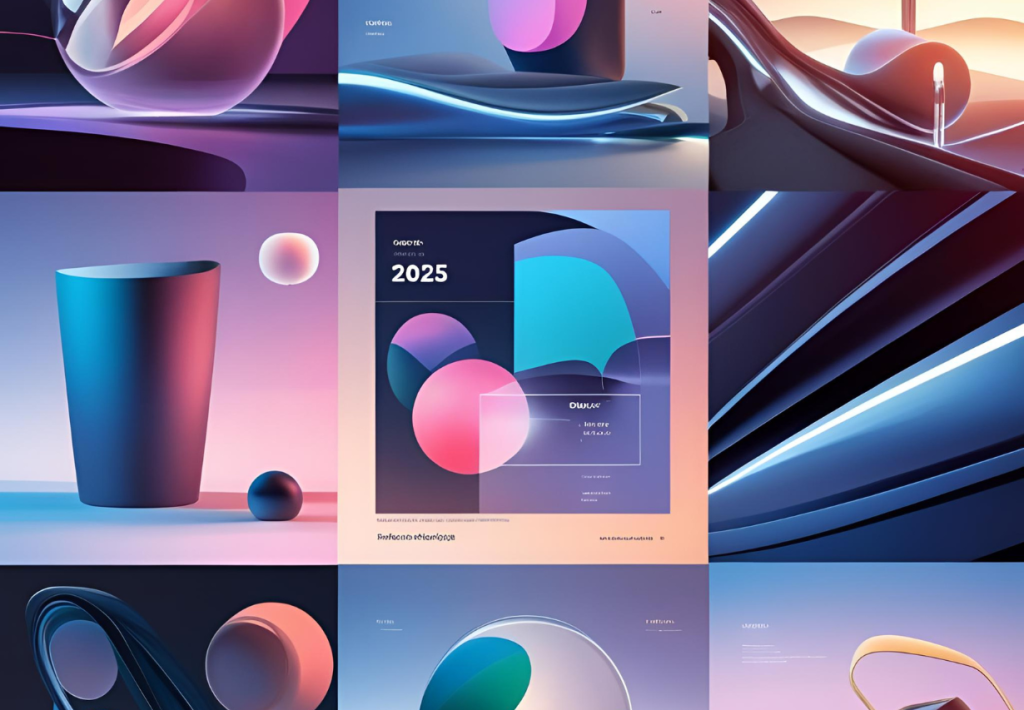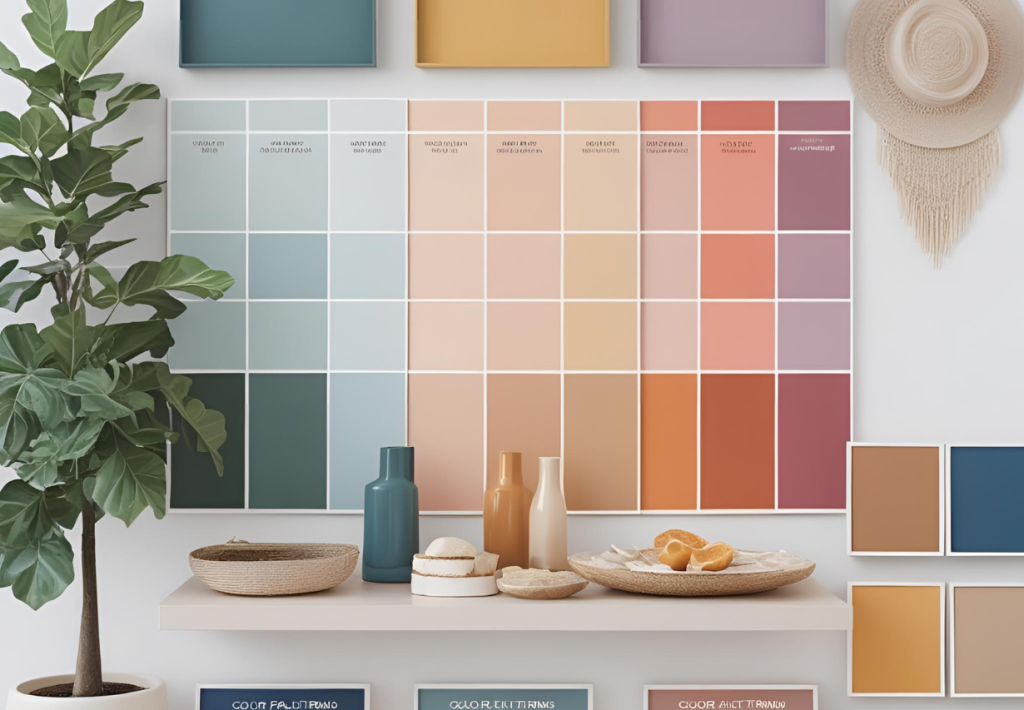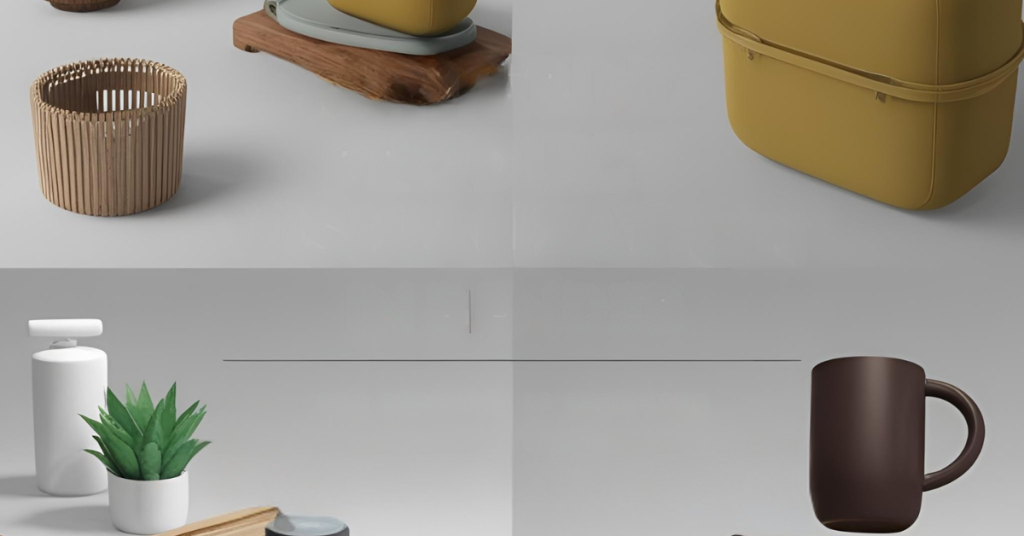As a brand manager, you want to make a statement through sustainable packaging. Also, you want to be kind to nature and not put a major strain on it. Sustainable packaging allows you to do both, without creating a dent in your pockets. These are 15 packaging designs you should know before deciding on a material for your next batch of products.
1. Plastic-less packaging
Although multiple industries use plastic for product packaging, the cosmetic and personal care industry is among the top five. The carbon footprint is significant, as people cannot recycle the tubes. Brands like Lush are changing the narrative by introducing “bare” packaging. The shampoo bars, bath bombs, and personal hygiene products promote plastic-free, sustainable packaging design. This encourages people to rethink their shopping habits and urges brands to reduce single-use plastic packages.
2. Mono-material packaging
Earlier, brands used to combine different materials for luxury or fragile product packaging. However, this causes friction for consumers because it is difficult to dispose of/ recycle these packages. Companies could not claim eco-friendliness because the packaging may include non-recyclable materials.
Monomaterial packaging addresses this issue by using a recyclable material like paper or cardboard as a substrate. These elements are recyclable, allowing people to reuse them for multiple purposes. We already see this packaging on Pepsico products, as the brand replaced the plastic rings on multipacks with paperboard carriers.
Kraft Heinz has also introduced recyclable ketchup caps consisting of a single type of plastic. In the earlier versions, the caps were made from different materials, which made it difficult to recycle the entire bottle.
3. Seaweed-based packaging
Seaweed-based packaging is becoming an option for sustainable packaging for food, as an alternative to conventional methods. Compared to plastic foam, seaweed is bioavailable and can protect food from decay. Being completely compostable, people love this sustainable packaging design, compared to single-use plastics. Notpla partnered with Just Eat first to introduce this innovative concept in 2019.
4. Compostable packaging
Compostable packaging is one of the best sustainable packaging ideas to date. We have seen shopping bags made out of paper, which people can throw in the organic waste bin when done with them. Reformation is taking this a step further by introducing paper cloth hangers to minimize plastic and landfill pollution.
5. Plantable packaging
What’s more zero-waste, eco-friendly than plantable packaging? People can plant the seeds after consuming the product. Pangea Organics was the first brand to launch this idea, however, its dedication toward sustainability is top-tier. The bags are compostable, and the products can be planted in the garden.
6. Edible packaging
Edible cups and storage containers are the best options for sustainable packaging for food. Have they finished eating the food? Well, they can eat the containers too, maybe later on. No landfill, no compost, no headache. Although many brands are doing this, Evoware and Cupffee come to mind. Cupffee introduced non-GMO and heat-resistant coffee cups, and Evoware uses seaweed to create edible sandwich wrappers. However, this concept has been used by many fashion brands; TAMGA Designs is a notable mention.
7. Mushroom packaging
Mushroom packaging might sound like another sustainable packaging material for food, but it has other uses. Heavy electronics manufacturers use it as an alternative to polystyrene to protect their products from damage. This packaging is sturdy, recyclable, and flexible, making it the best choice for shipping these products internationally.
8. Corrugated packaging
In this sustainable packaging design, brands utilize fibres from trees and old containers to package products. Depending on the product, these containers can be used up to 5-7 times. We see this packaging in e-commerce, especially during shipping. These sustainable packaging materials may reduce greenhouse gas emissions by 50%.
9. Recycled packaging
Here, brands use recycled materials to package products. Yes, these materials are recycled after being in the market. This way we can reuse natural resources, incorporate sustainable packaging design in every aspect, and reduce waste in landfills.
10. Cellulose packaging
Cellulose is also considered among the top sustainable packaging materials, especially for the food industry. It has minimal impact on the environment and can be reused because it can resist moisture and prevent damage, especially during long-distance travel.
11. Furoshiki
Furoshiki is a Japan-inspired sustainable packaging idea, in which the product is packed using cloth. The goal is to reuse old but beautiful clothes for packaging, instead of wrapping paper or plastic. Fashion brands have already embraced this concept to create beautiful and thoughtful packaging. Would you prefer doing this for your brand?
12. Eco-friendly packaging
This is an amalgamation of sustainable design packaging that includes cornstarch, kraft paper, ocean waste packaging, and returnable packaging. Cornstarch is used to package dry fruits, as an alternative to bubble wrap and Styrofoam. Brands that want to establish themselves as environmentally conscious.
Kraft paper is created with wood pulp, especially pine wood, to create sustainable packaging designs. The Kraft paper can come in different sizes, can be customized as per brand guidelines and style.
The cleaning product brand Take Method, in collaboration with Envision Plastics, created soap bottles from the plastic dumped into the ocean. Consumers love this packaging because it allows them to reuse the bottles for a long time.
Coca-Cola first introduced Plant Bottle, a plant-based plastic bottle, to reduce its carbon footprint and its role in plastic pollution. The bottle is prepared with plant chemicals (mainly corn), and can be reused by consumers.
13. Plant-based sustainable packaging
Green cell foam is also considered a plant-based packaging. The bio foam is created using corn and is mainly used to package industrial products (to create an air pillow). The foam will dissolve easily with water, thus making it an eco-friendly option.
14. Recycled apparel packaging
Recycled apparel packaging focuses on reducing the over-reliance on virgin plastic and chemical-based dyes. We know the fashion industry has been struggling with the usage of these chemical dyes, and was looking for alternatives. Patagonia was the first to use soy-based inks and recycled content in product packaging, thus fully embracing the concept of sustainable packaging designs.
15. Paper-based packaging
Paper is highly regarded among sustainable packaging materials and has been used to replace plastic packaging. It is biodegradable, recyclable, and durable, which makes it a top packaging material for e-commerce, food, or transport.
If you want a high-quality, transparent paper to package products, you can rely on glassine. It is a smooth and glossy paper, consisting of biodegradable wood pulp. It is safe for us and the environment, and does not react with external materials. Unlike other materials, it is pH-neutral and free from acids, which makes it the best option for wrapping luxury items, like candles.
Nowadays, brands are focusing on sustainable packaging design ideas to position themselves as eco-conscious. They are using reusable and environment-friendly materials to wrap products and help consumers lead a mindful life. This includes using paper, green cell foam, seaweed, and mushrooms, among other materials. Many brands think that utility and sustainability do not go together, however, they are wrong. With intelligent product packaging design, you can combine these concepts and help your brand connect with people instantaneously.




